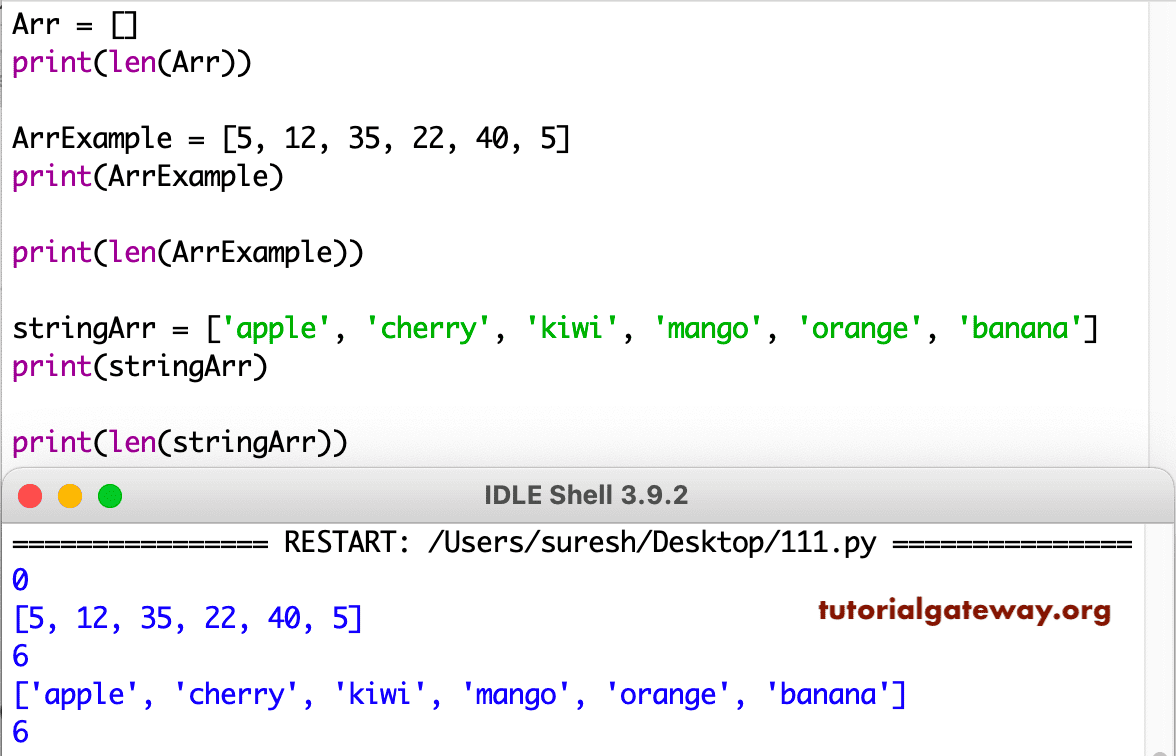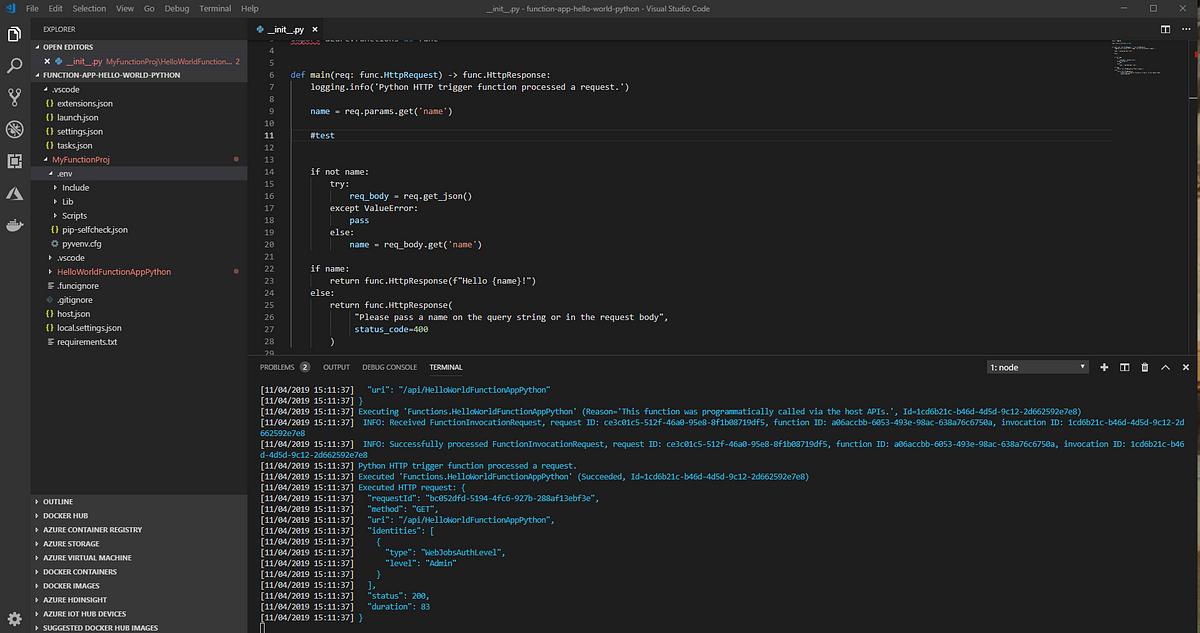

- For i in range python generator#
- For i in range python code#
- For i in range python series#
- For i in range python free#
In some other languages the finite and infinite cases look very similar, C (and other languages with the same loop syntax) and Rust being two examples. Without knowing, it’s easy to assume that unt does a similar thing to unt or str.count, rather than range. Firstly, unt is doing a very similar thing to range, yet seems on first glance completely unrelated.
For i in range python generator#
One can replace the ‘10’ with a long sequence of nines, write a generator function or just switch to a while loop, but the current ‘best’ way is using itertools: import itertools
For i in range python free#
Please feel free to ask any questions related to this tutorial in the comments section below.Currently, to iterate over finite arithmetic sequences of integers, range is used, as in: for i in range(10):įor an infinite arithmetic sequence, there are a few approaches. If you want to learn more about for loops in Python, take DataCamp's Python Data Science Toolbox (Part 2) course. ConclusionĬongratulations on finishing this basic Python For loop tutorial.įor loops are the backbone of every programming language and when it is Python, using For loops are not at all hard to code, and they are similar in spirit to writing an English sentence.
For i in range python code#
And also, within one line, you were able to code it. You will notice that the difference between the two is adding map, lambda, and removal of "for" and "in". Now, let's take a step back and look at both the for loop way and lambda/map() combination.

It returns a generator function and to get the output from the generator you pass the output as an argument to list. Map takes in a function, for example, a lambda function and a sequence x and then returns a new sequence. Now, let's try this with a lambda and map function. Although, it sometimes becomes difficult to understand it. You can process your data with the help of Lambda function with very little code. It is widely used, especially when dealing with Dataframes. Python's lambda function is fast and powerful as compared to the basic for loop. Iterating over a sequence with Lambda function for i in range(1,20,2):įor loop to iterate over rows and columns of a dataframe import pandas as pd The starting point, the ending point and the increment value (or steps) at which the loop will increment over the numbers 1 - 20. To accomplish this, you will have to define three things in the range function. Let's now see how you can print odd numbers between 1 - 20. for i in range(len(sequence)):Ĭool, isn't it? You were able to modify the elements of the list based on the if condition. What if you would like to modify or work with the indices of the sequence like changing the element of an existing list, then you would need range(len(sequence)). Great! But why do you need to use the len function when you can directly use for i in numbers? The answer is simple. Remember, the range always expects an integer value. sequence = īut what if you want to find the length of the list and then iterate over it? You will use the in-built len function for it and then on the length output you will apply range. Let's say you want to define a list of elements and iterate over those elements one by one. Let's iterate over a string of a word Datacamp using for loop and only print the letter a. Since the for loops in Python are zero-indexed you will need to add one in each iteration otherwise, it will output values from 0-9. To start with, let's print numbers ranging from 1-10. Let's quickly jump onto the implementation part of it. The for loops in Python are zero-indexed.
For i in range python series#
While iterating over a sequence you can also use the index of elements in the sequence to iterate, but the key is first to calculate the length of the list and then iterate over the series within the range of this length. The range function returns a new list with numbers of that specified range based on the length of the sequence. To iterate over a series of items For loops use the range function. Given a list of elements, for loop can be used to iterate over each item in that list and execute it.

They can be used to iterate over a sequence of a list, string, tuple, set, array, data frame. In Python, there is not C like syntax for(i=0 i Like other programming languages, for loops in Python are a little different in the sense that they work more like an iterator and less like a for keyword.


 0 kommentar(er)
0 kommentar(er)
